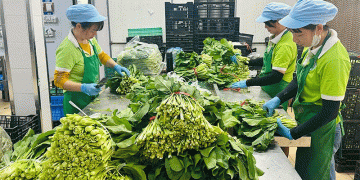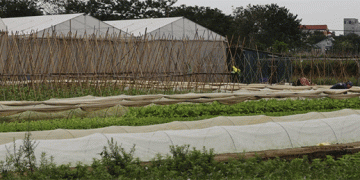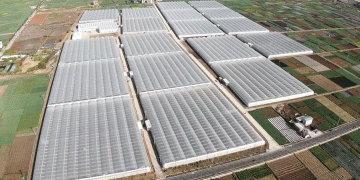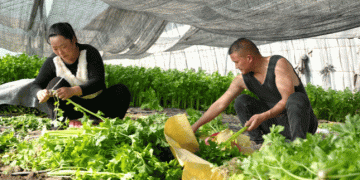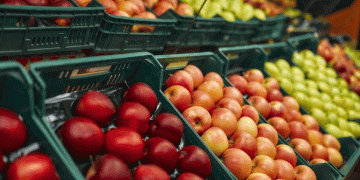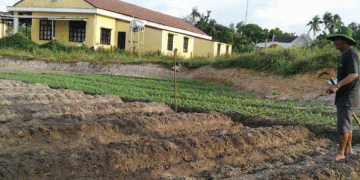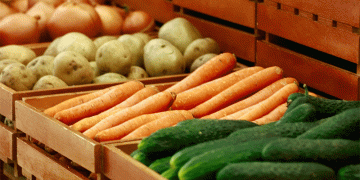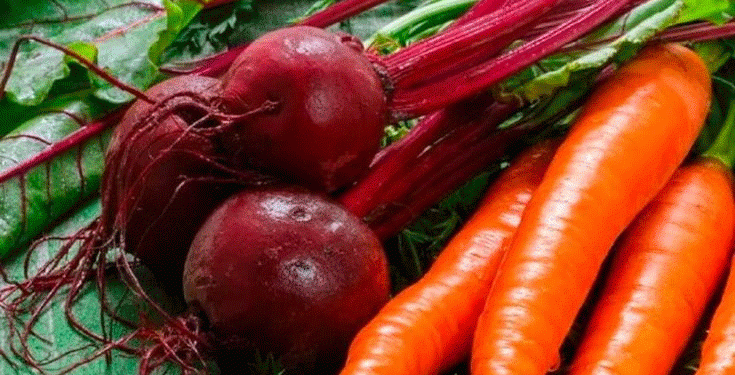The 2023 harvest season in Western Siberia has been brutally interrupted. Unseasonably heavy, wet snowfall last week brought harvesting operations in the Novosibirsk region to a complete standstill for five days, causing significant damage to key crops. According to regional Minister of Agriculture, Andriy Shindelov, the most significant losses are expected in grain production. Among vegetable crops, beet and carrot harvests have been hardest hit.
Preliminary assessments from local farmers point to substantial losses. Minister Shindelov stated, “The greatest damage will be to grain. Large losses are due to the sticky, heavy snow flattening grain crops in the Krasnozersky and Kochkovsky districts.” While there is a chance to salvage some of the flattened grain after the snow melts, he estimated “irrecoverable losses, preliminarily, at the level of 20-30% in individual districts.” At the time of the storm, harvesting was already advanced but incomplete, with vegetables gathered from 83% of the area and grains threshed from 78%.
Beyond a Single Storm: The Global Context of Extreme Weather Events
The situation in Novosibirsk is not an isolated incident but part of a broader global pattern. Extreme weather events are becoming more frequent and intense due to climate change, posing a direct threat to agricultural productivity and global food security. According to a 2023 report from the Food and Agriculture Organization (FAO), climate change-induced disasters have caused over $3.8 trillion in crop and livestock production losses over the last three decades.
Furthermore, a study published in Nature Food highlights that rising global temperatures are increasing the volatility of growing seasons, making early frosts and unseasonal precipitation more likely. These events test the resilience of existing supply chains, as seen with the reported, albeit resolved, fuel delivery disruptions for harvest machinery in Novosibirsk—a common secondary challenge during sudden weather crises.
Forging Resilience: Scientific and Strategic Responses
In the face of such challenges, the agricultural sector’s response must be multi-faceted, blending immediate crisis management with long-term adaptation. The proactive response by the Novosibirsk authorities—working closely with meteorological services to secure detailed forecasts and plan around every “clear day”—is a critical first step in damage mitigation.
The long-term solution, however, lies in innovation. The development of more resilient crop varieties is paramount. While the provided text mentions the new rust-resistant wheat ‘Sigma 5’, future-focused breeding programs must also prioritize traits like stalk strength to resist lodging (being flattened by snow or rain) and shorter growing cycles to allow for earlier harvests before the onset of autumnal storms. Investment in agricultural technology, such as weather-risk modeling software and more efficient harvesting equipment that can operate in narrower weather windows, will be crucial for farm owners and engineers.
A Wake-Up Call from Siberia
The snowstorm in Novosibirsk is a powerful case study in climate vulnerability. The projected 20-30% losses in grains, beets, and carrots are a direct economic blow to farmers and a warning to the entire agricultural community. This event underscores that climate risk is no longer a distant threat but a present-day management crisis.
The path forward requires a paradigm shift from reactive recovery to proactive resilience building. This involves:
- Prioritizing Climate-Adapted Genetics: Accelerating the development and adoption of crop varieties bred for abiotic stress tolerance, including resilience to lodging and early frost.
- Enhancing Predictive Capabilities: Integrating hyper-local weather forecasting and data analytics into daily farm management decisions.
- Strengthening Supply Chain Logistics: Ensuring critical inputs like fuel and machinery are secured against disruptive weather events.
For agronomists, engineers, and scientists, the mandate is clear: innovate for a less predictable climate. For farm owners, the imperative is to invest in these innovations to safeguard their livelihoods against the next, inevitable extreme event.















